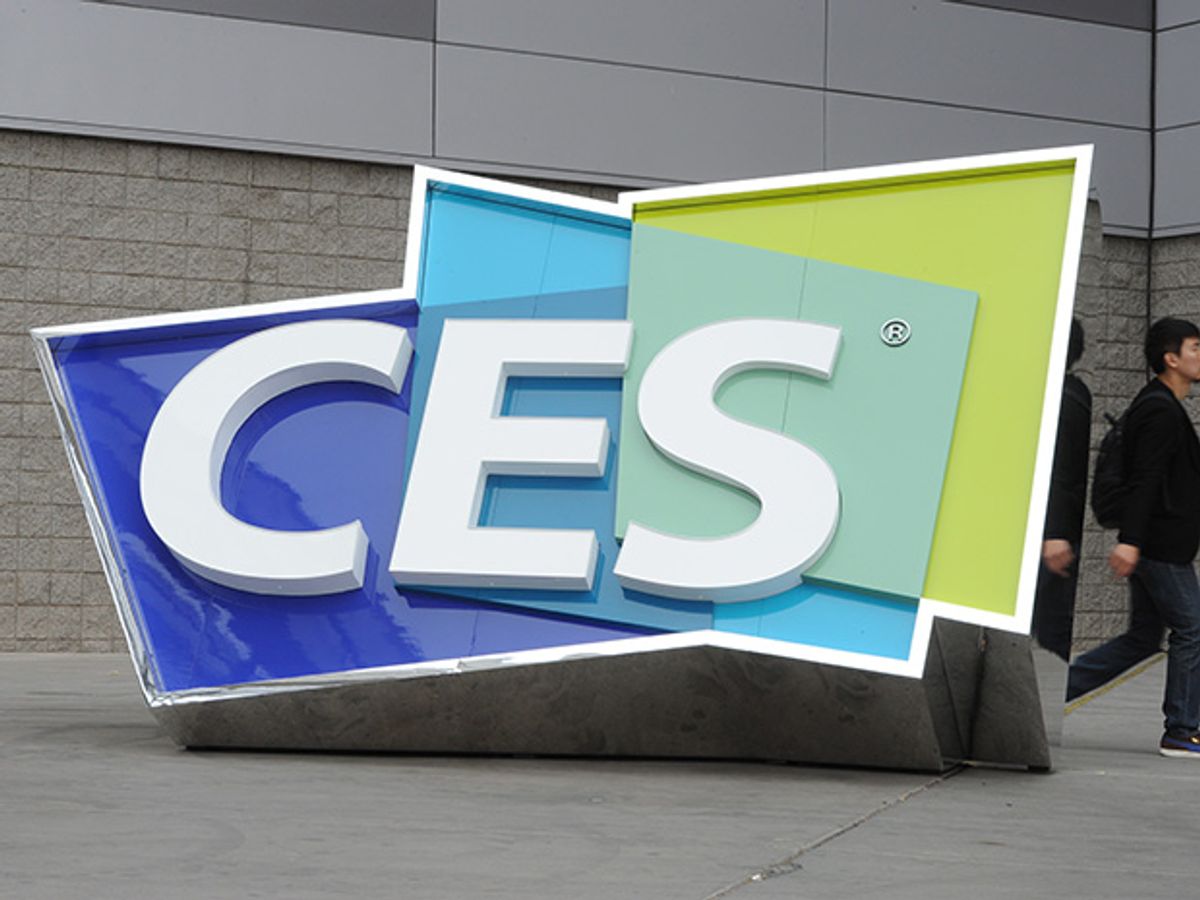Once upon a time, world-changing technologies flowed from the wants and needs of large institutions. The government or a large company would develop something (or have someone invent it for them)—say, a computer small enough to fly a spacecraft, or a way to amplify long-distance conversations in telephone exchanges—and then eventually the technology would filter down to the consumer level, as, say personal computers or portable radios. Consumer electronics was seen as a field where technologies were applied, not invented.
Today—as seen on the boisterous show floor of the International CES, taking place this week in Las Vegas—this relationship has been inverted. More and more, technology is driven by the wants and needs of individuals. The list of the world’s biggest tech companies is dominated by companies that cater to consumers as a core part of their business: Apple, Google, Microsoft, Samsung, Facebook, Amazon, and more.
CES also holds a particular interest for me and my colleagues as the organizers of the annual IEEE International Conference on Consumer Electronics (ICCE). It’s no coincidence the ICCE is co-located with CES and starts as CES ends. The CES showfloor is kind of like a scorecard for us, as we look to see how technologies that first announced themselves in papers and technical sessions in ICCE events in past years are now faring in this fractious bazaar.
Some technologies seem to be emerging right on schedule: We expect Virtual Reality to really start hitting its stride this year, with prototype and first-generation devices for both capturing and displaying 3-D scenes being replaced by more polished products. Home health and wearable products too are expected to expand their presence, and smart vehicle technologies of various kinds are also beginning to proliferate.
Some technologies seem to be lagging: Beyond the success of the Roomba line of floor cleaning robots (the first robot that consumers actually bought in numbers to perform a domestic chore, rather than just for its novelty value), home robotics seems perpetually caught just a little bit short.
Perhaps this year’s show will bring a surprise breakout hit, or it may just take some more time. We can trace the current frenzy around the Internet of Things back to technologies presented at ICCE events that stretch back to the 1990s, when always-on, always-connected consumer devices first started appearing.
Indeed, the theme for the 2016 IEEE ICCE is “The Internet of Me,” with a focus on the next generation of consumer connectivity. All consumer devices are becoming digital extensions of ourselves, allowing us to interact with the world around us as well as each other in new and amazing ways.
The core areas at this year’s ICCE are: Services in the Internet of Me; Devices in the Internet of Me; Infrastructure and Enabling Technologies of the Internet of Me; Security and Privacy in the Internet of Me; RF and Wireless & Network Technologies; Entertainment, Games and Services; AV Systems, Image/Video Processing; Automotive Entertainment and Electronics; Sensors, MEMs and Enabling Technologies; Energy Management as well as Health and Wellness.
The conference schedule also includes a mini-Technology Time Machine session on Saturday that will focus on technologies likely to shape the future of consumer electronics such as Big Data, the Internet of Things, Rebooting Computing, and Digital Senses. (A panel of speakers will deliver a top-line breakdown of some of the hottest areas at a Friday CES session.) You’ll be able to judge the quality of our predictions on the floor of future CES shows.
Editor’s Note: Be sure to check out our live team coverage of CES starting Monday, January 4 at 7 pm ET.
About the Author
Tom Coughlin is an IEEE Senior Member and Chair of the IEEE Consumer Electronics Society (ICCE) Future Directions Committee.



